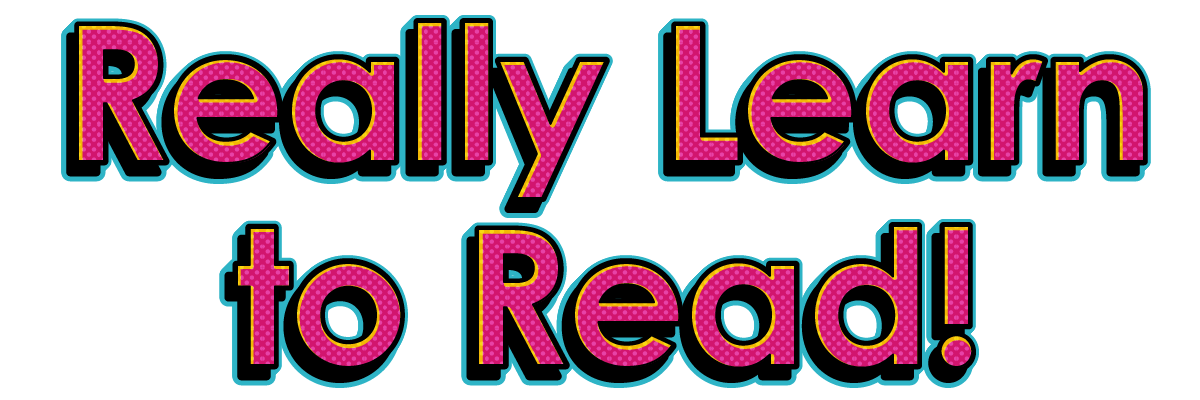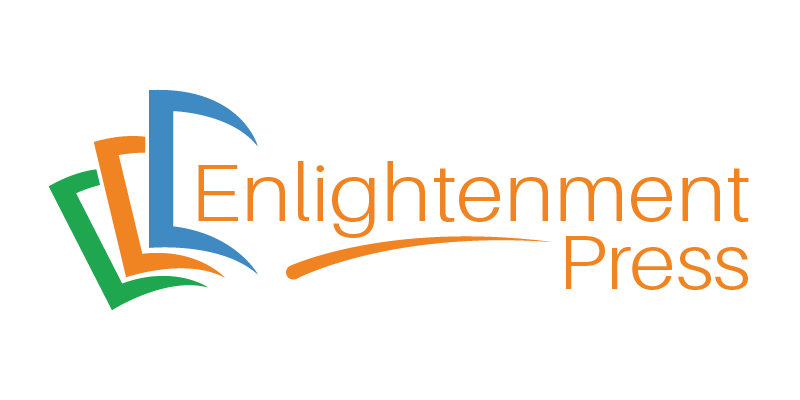Short i – Book 2 of 5

Book 2 in the Short Vowels Series further instills a love for reading and empowers learners with knowledge of the English language. Short i presents a range of engaging phonics and comprehension lessons at Grades 1- 3 reading levels for children, teenagers, and adults. With colorful graphics combined with poems and stories, readers are phonetically challenged to make short i word families, read these words and new sight words, and apply them in a variety of activity sections. The various poems and stories include many words from Short a – Book 1, purposely intended for reading practice and mastery. Readers who complete Book 2 will have widened their range of essential decoding skills, increased their vocabulary, and become more fluent in word recognition. Self-confidence is gained with the literal understanding of facts, main ideas, information, and vocabulary directly stated in the text, while comprehension skills of making inferences and drawing conclusions are at early stages of development.
Student Edition
Make Words
At the start of each lesson, readers match and write a variety of beginning sounds (onsets) with common short i vowel pattern endings (rimes) as they determine if the sounds are words. This engaging phonics activity encourages readers to break down words into the smallest units of sounds and discover predictable spelling patterns in rhyming families. Readers become increasingly familiar with the short i sounds in words, as well as become more fluent in pronouncing and spelling words accurately.
Goofy Poems
After making word families, learners read four poems with words from Make Words along with new sight words found in a dotted box. Instantly recognizing sight words without sounding them out better ensures reading fluency. The poems are amusing, yet they give valuable practice in reading the lesson’s new words. Additional rhyming words not listed in Make Words are underlined in the poems to help the reader recognize vowel groups, transfer their phonetic sounds, and experience reading additional family words with success.
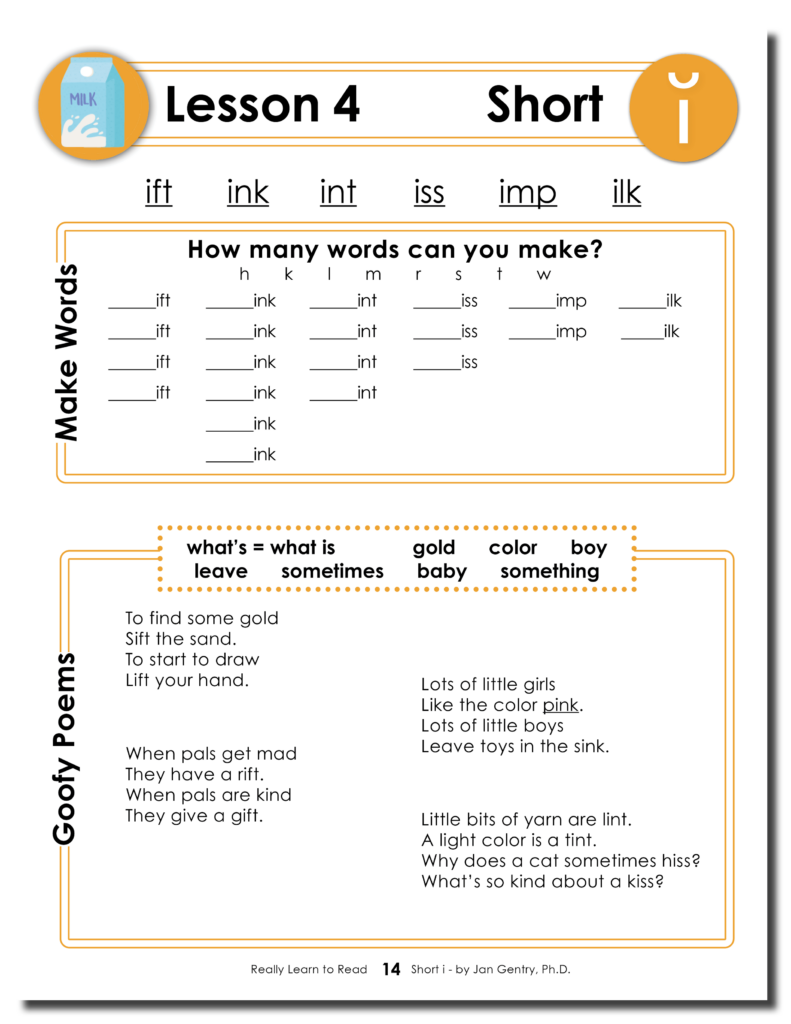

Story
Readers are first given new sight words in a dotted box. Many silly stories in Short i are about animal friends and kids, while some stories include true facts about animals and history. As learners read the stories, they become familiar with short i word families and sight words. This offers practice and reinforcement opportunities in every lesson to also learn occasional inflected endings, suffixes, contractions, compound words, abbreviations, cardinal numbers, ordinal numbers, dates, and idioms (meaning of a phrase not to be taken literally). With the help of fun and engaging stories, readers progress through Grades 1-3 reading levels, comfortably gaining experience with phonics skills, expanding their vocabulary skills, and strengthening their comprehension skills with self-confidence.
Question & Answer
After every poem and story, readers answer questions and participate in various types of activities. Question and activities formats include true & false, multiple choice, short answer, fill in the blank, and matching. Short answer responses support sentence construction which, in turn, reinforces sentence structure when reading sentences. This activity section supports literal comprehension skills of recalling details and main ideas, as well as understanding new vocabulary and information. Readers feel confident in answering questions, as they are aware that all answers can be found in the text. Practice with drawing conclusions and making inferences is given for skill development. Additional skills include using context clues, alphabetizing, using references, classifying, understanding idiom meanings, and spelling. Readers experience active involvement and interaction as they encode words when writing in this section which motivates a deeper understanding of the English language.
Draw a Picture
After completing the Question & Answer story section, a picture box with directions on what to draw presents a fun and colorful activity. It is also a significant exercise, as the reader’s illustrations reflect their mind pictures of the scenes, characters, or details from the story. Picture box directions also inspire imagination and originality.

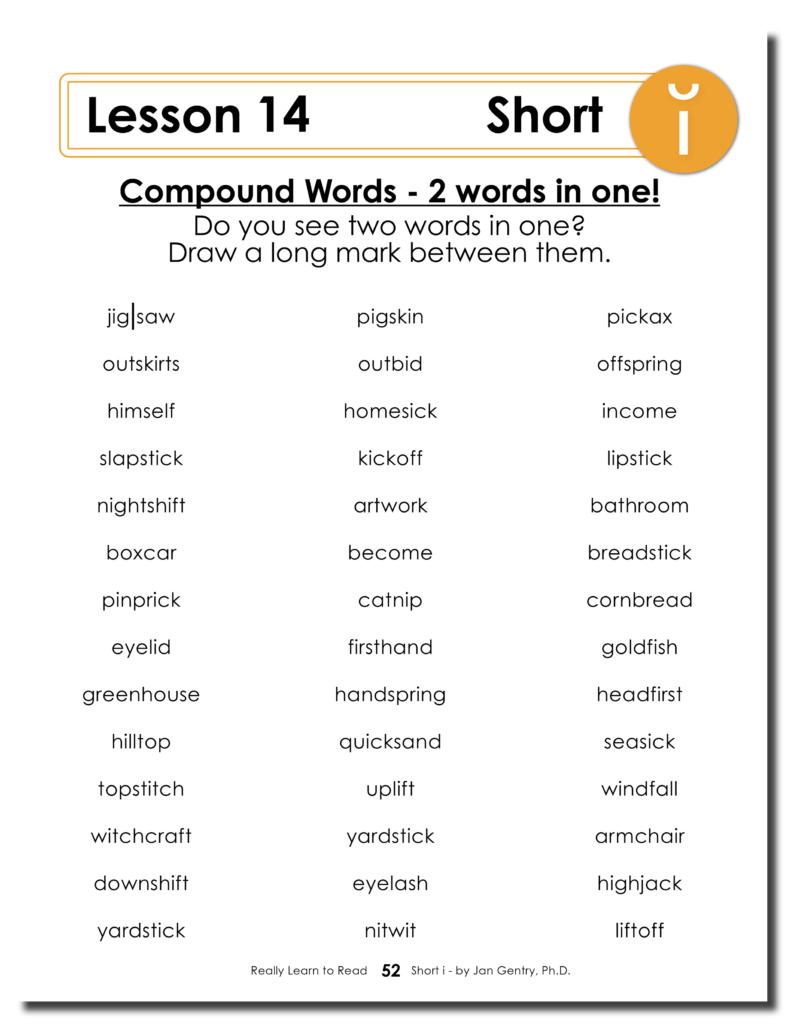
Compound Words
A fun enrichment activity at the end of this book is recognizing compound words and drawing a line between the two words. When two smaller words are combined, the new compound word has a different special meaning! This recognition encourages learners to independently and creatively combine two nouns to form a new compound word. Compound words enhance a reader’s vocabulary expansion and language proficiency that are later required when reading and spelling longer words.
Identifying Antonyms
The final enrichment activity is the matching of opposite words. Knowledge of antonyms helps to develop critical thinking skills, improve comprehension, and expand the reader’s range of vocabulary. Drawing a line from one word to its opposite enhances learners by building background knowledge, determining word associations, discovering multiple word meanings, and reinforcing spelling.
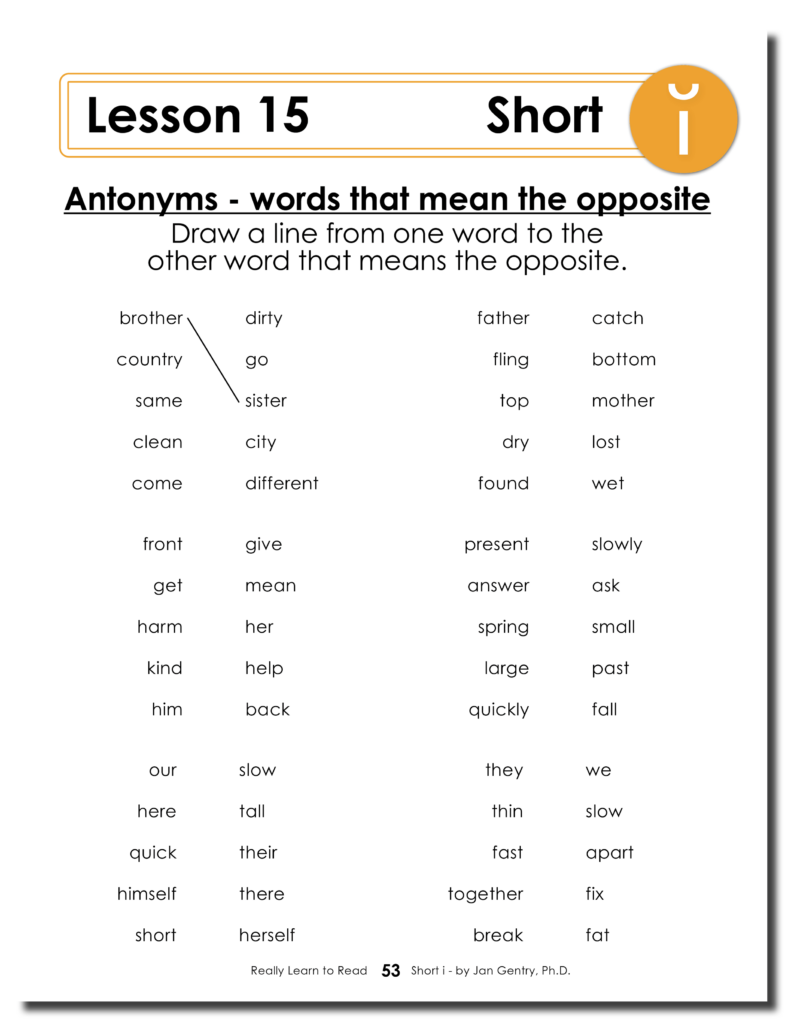
Teacher Edition
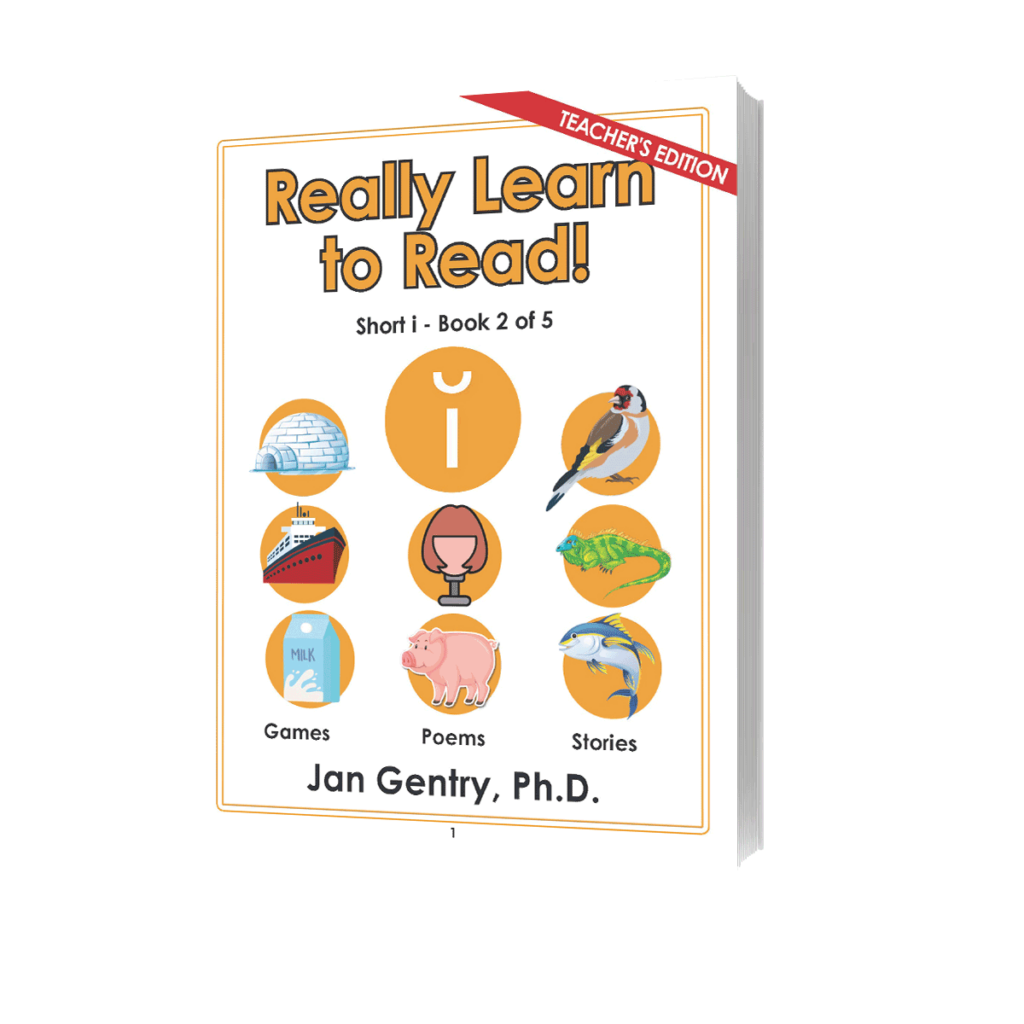
In addition to the Short i – Book 2 for the student, the Teacher Edition book includes:
- Answers to questions and activities in each lesson, written in red for easy recognition
- Phonics and Decoding Skills listed in specific detail for each lesson
- Reading Comprehension Skills listed for each question in the poems and stories
- Quick Reference Guide to help quickly target specific areas of attention
This edition provides the reading instructor with a carefully designed, systematic, and enriching phonics curriculum.
Answers
The Short i Teacher Edition, identical to the student’s copy, provides easy to read answers in red print for all questions and activities in each lesson. Gauging and evaluating a student’s progress in acquiring reading, vocabulary, and spelling skills are simplified by the program format. The various activity sections facilitate the skill identification of a reader’s strengths and weaknesses. Multiple critical thinking choices, motivating ideas, and creative suggestions are provided for teachers in the lesson activities so that learners of all ages, attention spans, and backgrounds will be inspired and succeed as they Really Learn To Read!
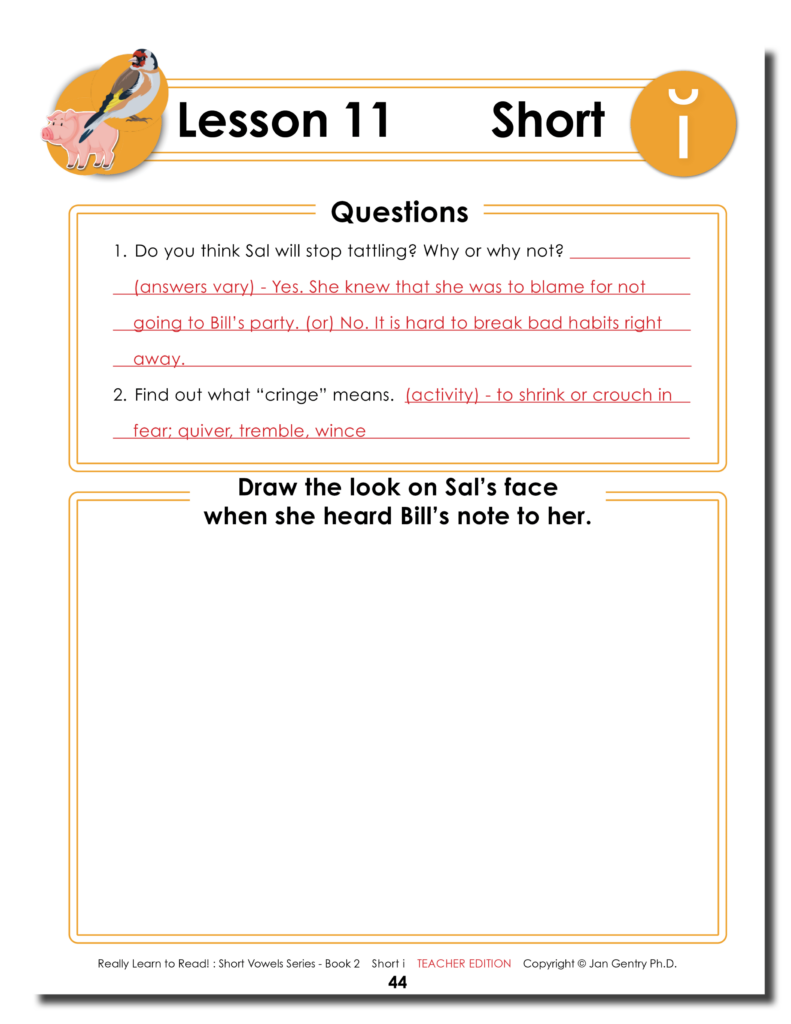
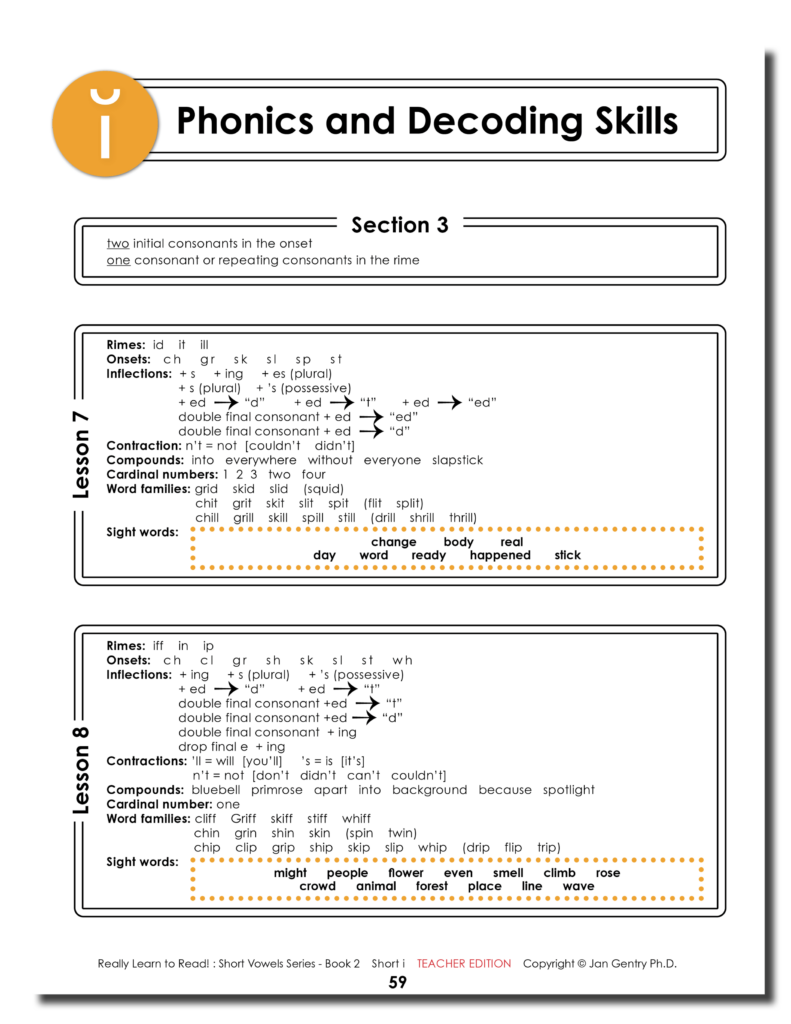
Phonics and Decoding Skills
The Phonics and Decoding Skills section provides teachers with a clear, convenient, and detailed list of all reading, vocabulary, and other literacy skills presented in each lesson: short i word family endings, beginning sounds, inflected endings, suffixes, contractions, compound words, abbreviations, cardinal and ordinal numbers, dates, idioms, short i word families, and sight words. This convenient format gives teachers the advantage of reviewing each condensed lesson’s skills to readily determine the reading, vocabulary, and other literacy abilities the learner has mastered or that require additional practice for reading success.
Reading Comprehension Skills
The Reading Comprehension Skills section is a valuable reference tool that allows teachers to trace each question and activity within a lesson back to its skill objective. Objectives include vocabulary, critical thinking, drawing conclusions, making inferences, predicting outcomes, using context clues, classifying, understanding idiom meanings, and spelling. This table format easily allows teachers to monitor the categories of comprehension skills that are developing, needing practice, or becoming strengthened as the reader progresses through Short i – Book 2 and, subsequently, through the sequence of books in the Short Vowels Series.


Quick Reference Guide
The Quick Reference Guide provides teachers with the prompt identification of skills presented in each lesson. A review of the condensed skill categories includes phonetic rimes and their onsets, inflections, prefixes and suffixes, contractions, compounds, abbreviations, dates and numbers, and idioms. Assessment of literacy progress is basic and practical in this chart format.
Order Today
Each book is available individually, or as a set with the other books in its series. You can choose Paperback or Portable Document Format (PDF) versions. The convenient PDF allows immediate download so teachers can tailor lessons to their students’ needs by printing specific sections at a time. A Teacher Edition is also available (PDF Only) to provide the reading instructor with a carefully designed, systematic, true phonics-based curriculum.
